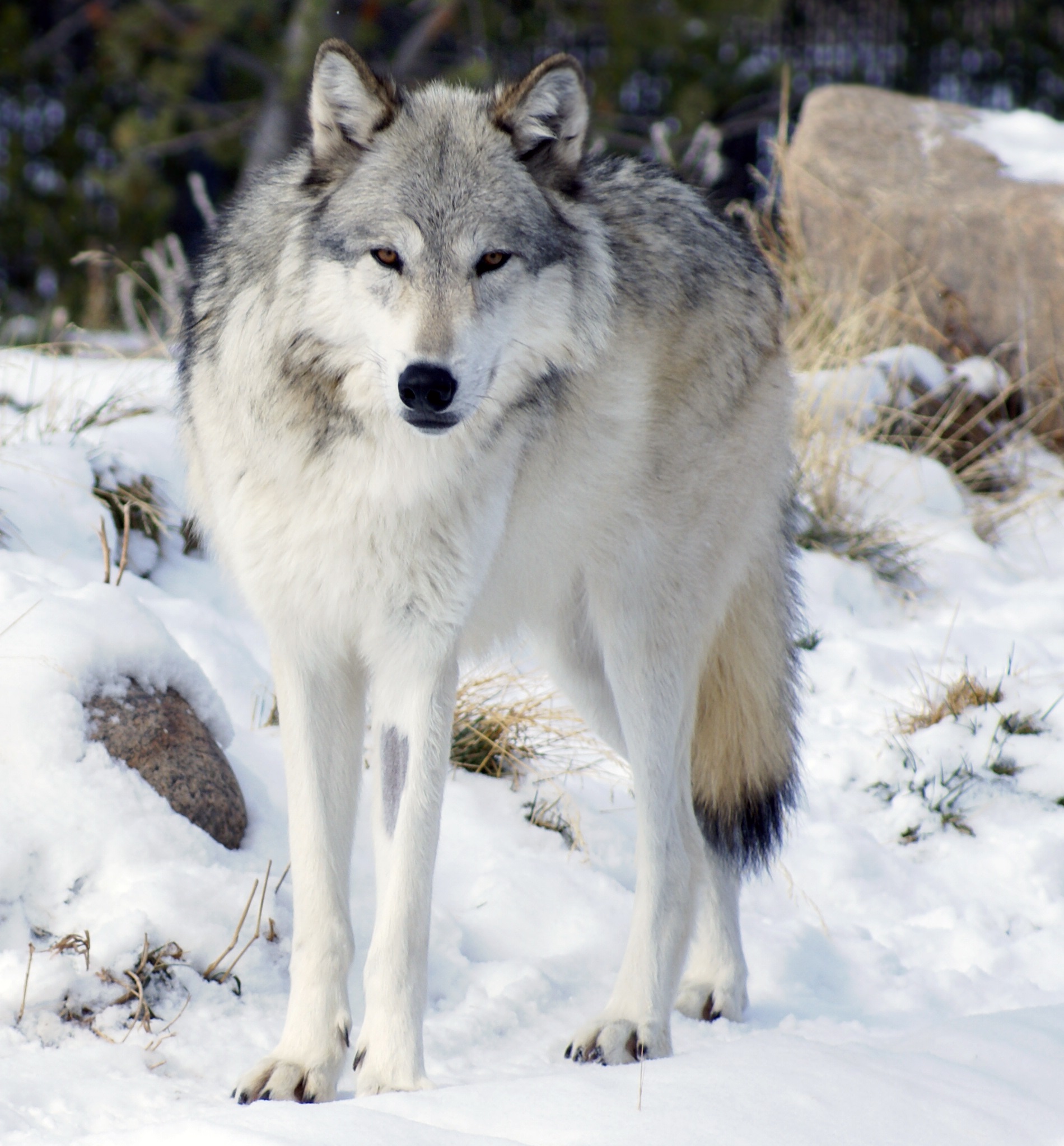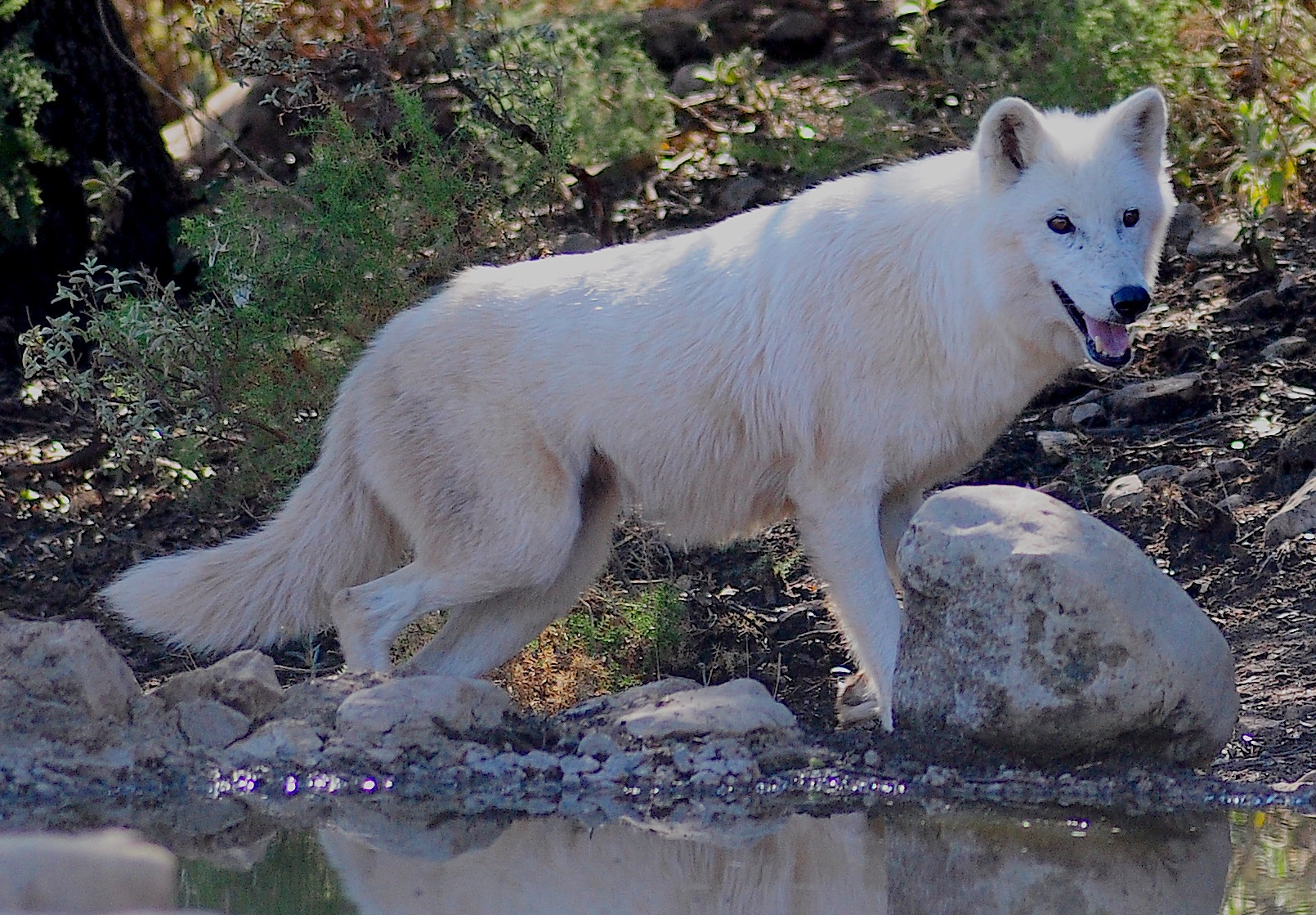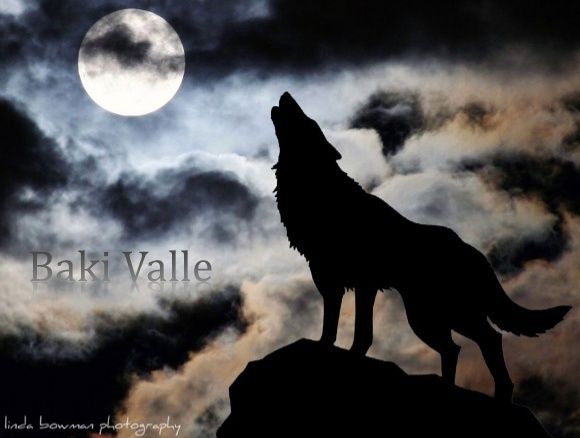Roleplay Time
Time: 7:10 AM
Weekday: Monday
Month: January
Day: 1
Who is online?
In total there is 1 user online :: 0 Registered, 0 Hidden and 1 Guest None
Most users ever online was 36 on Fri Nov 24, 2023 10:56 pm
Affiliates
Be the first!
Top posting users this month
| No user |
Biography Tutorial
Page 1 of 1
 Biography Tutorial
Biography Tutorial
Biography Tutorial
.....Your Character
Human Form
The main kind of our RPG is the Werewolf, ie you are a human who can turn into a wolf and a wolf who can turn into a human.
Reference Image
Manga may work but are also allowed photos, screenshots of applications etc... Since it shows all the characteristics of your character in human form.
Wolf Form
Your wolf form must contain the characteristics of the human form. The following are examples of subspecies of wolves and their description, the research was carried out based on the 'Wikipedia'.
 Canis Lupus
Canis LupusEurasian Wolf
- European wolves tend to have fur with less soft wool intermixed than American wolves. Their heads are narrower, their ears longer, higher placed and somewhat closer to each other. Their loins are more slender, their legs longer, their feet narrower, and their tails more thinly clothed with fur. Pelt color in European wolves ranges from white, cream, red, grey and black, sometimes with all colors combined. Wolves in central Europe tend to be more richly colored than those in Northern Europe. Eastern European wolves tend to be shorter and more heavily built than Northern Russian ones.
North America
- North American wolves are generally the same size as European wolves, but have shorter legs, larger, rounder heads, broader, more obtuse muzzles, and a sensible depression at the union of nose and forehead, which is more arched and broad. Their ears are shorter and have a more conical form. They typically lack the black mark on the forelegs, as is the case in European races. They have long and comparatively fine fur, mixed with a shorter wooly hair, and are more robust. Fur color in American wolves ranges from white, black, red, yellow, brown, grey, and grizzled skins, and others representing every shade between, although usually each locality has its prevailing tint. There are pronounced differences in North American wolves of different localities; wolves from Texas and New Mexico are comparatively slim animals with small teeth. Mexican wolves in particular resemble some European wolves in stature, though their heads are usually broader, their necks thicker, their ears longer and their tails shorter. Wolves of the central and northern chains of the Rocky Mountains and coastal ranges are more formidable animals than the more southern plains wolves, and resemble Russian and Scandinavian wolves in size and proportions.
Tundra Wolf
- A large subspecies, with adults measuring 112–137 cm, and weighing 36.6–52 kg. The fur is very long, dense, fluffy and soft and is usually very light and grey in color. The lower fur is lead-grey and the upper fur is reddish-grey.
Arabian Wolf
- A small, "desert adapted" wolf that is around 66 cm tall and weighs, on average, about 18 kg. Its fur coat varies from short in the summer and long in the winter, possibly because of solar radiation.
Arctic Wolf
- A medium-sized wolf that is between 64 and 79 cm tall and 89 to 189 cm long, weighing between 35 and 45 kg on average, though there have been specimens found weighing up to 68 kg.
Mexican Wolf
- A small subspecies which weighs 25–45 kg and measures 140–170 cm in total length (nose to tip of tail), and 72–80 cm in shoulder height. The pelt contains a mix of grey, black, brown, and rust colors in a characteristic pattern, with white underparts.
Steppe Wolf
- A wolf of average size with short, coarse and sparse fur. The fur is light grey on the sides and rusty, brownish grey on the back.
Tibetan Wolf
- A small subspecies rarely exceeding 45 kg in weight. It is of a light, whitish-grey color, with an admixture of brownish tones on the upper part of the body
Vancouver Island Wolf
- A medium-sized subspecies, it is generally greyish-white or white in fur color. It is a very social subspecies and can usually be found roaming in packs of five to thirty-five individuals.
Dingo
- Generally 52–60 cm tall at the shoulders and measures 117 to 124 cm from nose to tail tip. The average weight is 13 to 20 kg. Descended from Southeast Asiaaround 5,000 years ago by boat, the dingo is now largely wild. Fur color is mostly sandy to reddish brown, but can include tan patterns and be occasionally black, light brown, or white.
Northern Rocky Mountains Wolf
- This subspecies generally weighs 70–135 pounds (32–61 kg), making it one of the largest subspecies of the gray wolf in existence. It is a lighter colored animal than its southern brethren, theSouthern Rocky Mountains Wolf, with a coat that includes far more white and less black. In general, the subspecies favors lighter colors, with black mixing in among them.
Labrador Wolf

Eastern (timber) Wolf

Great Plains Wolf

Northwestern Wolf

Yukon Wolf

Alaskan tundra wolf

Indian Wolf
- A small wolf with pelage shorter than that of northern wolves, and with little to no underfur. Fur color ranges from greyish red to reddish white with black tips. The dark V shaped stripe over the shoulders is much more pronounced than in northern wolves. The underparts and legs are more or less white.
Red Wolf
- Has a brownish or cinnamon pelt, with grey and black shading on the back and tail. Generally intermediate in size between other American wolf subspecies andcoyotes. Like other wolves, it has almond-shaped eyes, a broad muzzle and a wide nosepad, though like the coyote, its ears are proportionately larger. It has a deeper profile, a longer and broader head than the coyote, and has a less prominent ruff than wolves.
Real Representation
This will show how your wolf is in appearance. There are several platforms to find images of wolves, but I recommend this -Link-
You must search the photo of the wolf that shows all characteristics of your character.
Exemple -Link-
Reference Image
This is the reference image. How we want references of the applications standards, you should use this online application -Link-
General Features
The Name
Create a name different from other players. Use your creativity! If you have questions of what will be the name of your wolf, you can use this application -Link-
The Personality
This is easy! If you have difficulty in creating the personality of your character, why not put yours?
Can be cool your wolf acting like you, so it's easier to play the character.
Available Characters
Follow this -Link- to find characters already ready for you! There will have the name, gender, job and the appearance of the character, you will only create the rest of the biography!
Where to post my biography?
Follow this -Link- to post it.
Copyright to ₢ BakiValle.com
Page 1 of 1
Permissions in this forum:
You cannot reply to topics in this forum|
|
|



